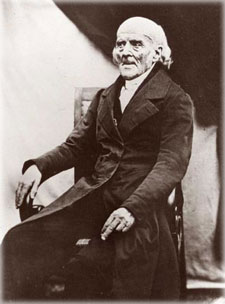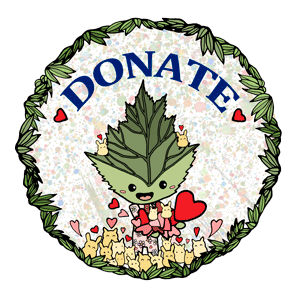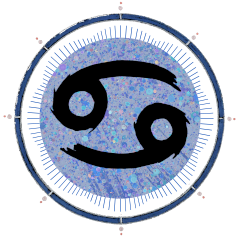Dear Friend and Reader:
In prior editions of this column I have mentioned Chiron, a planet orbiting our Sun that was discovered in 1977. Chiron, named for one of the wise (as opposed to rogue) centaurs of Greek mythology, addresses matters of holistic healing and is therefore directly related to homeopathy and all forms of alternative medicine. Around the time of Chiron’s discovery, many people were hearing of these modalities for the first time, and the trend has continued to the present day.
 In 1992 a second small planet was discovered orbiting our Sun and assigned to the centaur class — called Pholus. Named for another of the wise centaurs, Pholus has different properties from Chiron. Its action is quicker. There is often a connection to curiosity as an emotional state related to this planet, which can seem to drive events forward in an unexpected way. And of all the centaurs, Pholus is the one with the most distinct multigenerational effect. Wherever you see it working, get out the family tree to figure out what’s really going on.
In 1992 a second small planet was discovered orbiting our Sun and assigned to the centaur class — called Pholus. Named for another of the wise centaurs, Pholus has different properties from Chiron. Its action is quicker. There is often a connection to curiosity as an emotional state related to this planet, which can seem to drive events forward in an unexpected way. And of all the centaurs, Pholus is the one with the most distinct multigenerational effect. Wherever you see it working, get out the family tree to figure out what’s really going on.
Pholus can address issues of intoxicants or toxins, ranging from the ones intentionally hidden in food (high fructose corn syrup) to the ones that sneak in through various side doors (synthetic hormones such as dioxin or mercury, or Prozac showing up in the municipal drinking water).
One of the astrologers to do early work on this point, my friend Robert von Heeren, came up with one of the most brilliant astrological key phrases I’ve ever worked with. He said that Pholus is the small cause with a big effect. For example, Pholus can represent seemingly minor turns of events that set off bigger developments. It represents the catalytic agent (something used in a trace amount, but indispensable to the reaction). Pholus is often involved when circumstances run out of control, like when pressurized reactions breach the containment structure. It’s also making an appearance as a healing agent in the News Corp scandal.
In the medical art of homeopathy, it seems to be the perfect metaphor. One of the criticisms that people have of homeopathy is that “there isn’t any of the actual stuff in the remedy.” Were you to analyze a potency of arnica, you would not be able to find the arnica. What you get in those little white pellets is the energy picture of arnica. Yes, doctors around the world are rolling their eyes in their heads. But speaking of heads, if they bumped theirs on something, we all know that arnica would help ease the pain and speed the healing process.

I think of homeopathy as being related to Pholus because it’s the perfect demonstration of the small cause with a big effect. True, that depends on the talent of the practitioner, but one nice thing about homeopathy is that generally the wrong remedy won’t hurt you because it’s not toxic. Samuel Hahnemann way back in the 18th century set out to invent a way to preserve the medicinal qualities of substances but without the negative effects. He was a German doctor who lived from 1775 to 1843.
Then as now, conventional medicine was toxic, and Hahnemann understood this. He considered it so harmful that he quit practicing medicine and supported his family of 11 children as a translator. At the time, he wrote:
My sense of duty would not easily allow me to treat the unknown pathological state of my suffering brethren with these unknown medicines. The thought of becoming in this way a murderer or malefactor towards the life of my fellow human beings was most terrible to me, so terrible and disturbing that I wholly gave up my practice in the first years of my married life and occupied myself solely with chemistry and writing.
Check that out — then as now, doctors were prescribing medicines with toxic effects that they had not studied, which were hurting the patients.
When he was working as a translator Hahnemann became curious about cases of poisoning. He wanted to know the specific symptoms of each case of toxicity he could find. His theory was that the substances that could cause the symptoms could also help resolve them. This was the root of homeopathy — the idea that like cures like. But for that to work safely, he had to invent potentization, which means liberating a substance from its toxic properties through the process of successive dilutions.
The result of this invention was a very small cause with a potentially fantastic effect: healing. When homeopathy works, it doesn’t just resolve the physical issue; the material can be resolved on the emotional and mental levels as well, something that ‘traditional’ medicine can barely conceive of. Yet if a medical theory doesn’t acknowledge the connections, how can it address them?
It turns out that Samuel Hahnemann has Chiron conjunct Pholus in his natal chart. This is a conjunction so rare that it only happens once every 110 years. This is in the sign Capricorn — one of the most dense and grounded signs there is (energetically speaking). It’s about the structure and nature of matter. It’s as if Hahnemann was tapping into the nature of matter itself in inventing his new branch of medicine. Capricorn is also about tradition. With Chiron and Pholus in this sign, you can be sure that he felt a calling to both honor tradition (like cures like is a very old concept) but that also he was in a position to directly alter the tradition of medicine.
This he did, and for that we who value homeopathic remedies are eternally grateful.
Yours lovingly,
![]()



